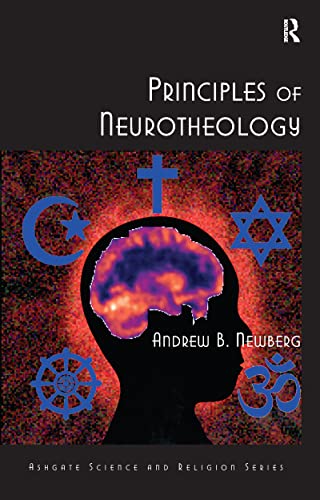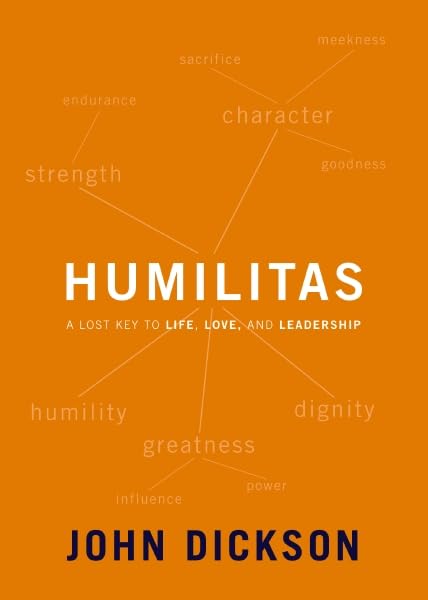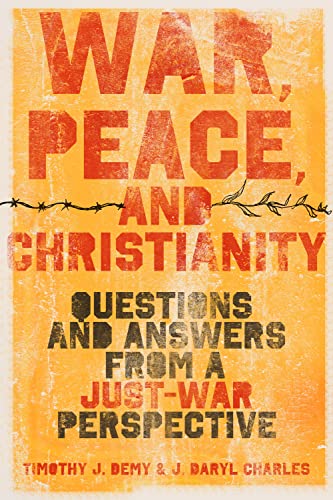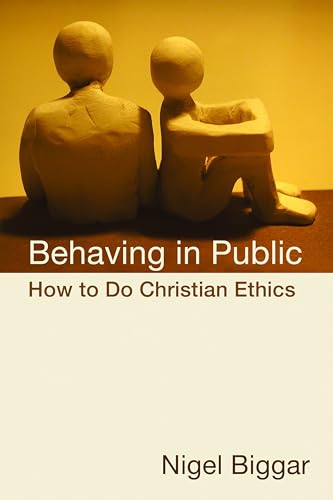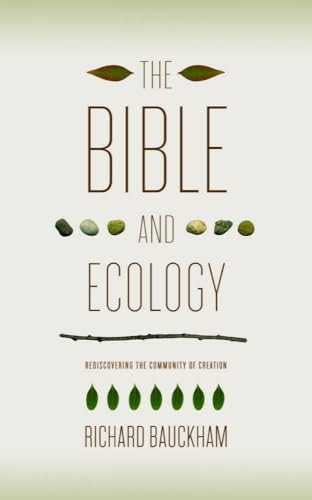Prima Scriptura: An Introduction to New Testament Interpretation
Written by N. Clayton Croy Reviewed By Carl ParkStudents of the Bible wrestling with issues of hermeneutics and application as they interpret it stand to benefit from N. Clayton Croy's exegetical handbook, Prima Scriptura. The book's intended audience and occasion are clear throughout. Croy is writing for a broad but certainly confessional audience, “to persons who regard the Bible as an authoritative and revelatory text . . . who belong to communities of faith that affirm the authority of Scripture and the faith of the classic creeds” (p. xiii). The current situation, of which Croy shows acute awareness, is that “the most striking characteristic of biblical interpretation during the last several decades is an explosion of interpretive methods,” creating what Croy likens to a food smorgasbord, except lacking “consensus about basic food groups or what constitutes the ideal diet” (p. xvii). This explosion can create enrichment as well as confusion, and with the latter effect in mind, Croy aims to present a practical, basic interpretive method for Bible readers.
Croy's introduction asks and begins to answer large hermeneutical questions. Where is meaning to be sought: author, text, or reader? Croy concludes that meaning is grounded in authorial intention expressed through the text. Is the meaning of a text determinate? Croy advises against both absolute certainty and hopeless inconclusiveness, and he seems to advocate a kind of centered-set framing of a multiple interpretations. Is it possible to be objective? Croy answers yes, and proposes critical realism as a middle way between positivism and radical postmodern skepticism, demonstrating that a “self-aware subjectivity can be combined with a humble commitment to the highest degree of objectivity that one can attain” (p. xxxiii). Is a confessional context inherently biased? Croy says no, faith is compatible with critical, rigorous study of the Bible, and, in fact, a confessional context is an appropriate one for biblical interpretation.
The body of the book is divided into four chapters, corresponding to his interpretive method's four stages: analyzing and preparing the interpreter; analyzing the text; evaluating and contemporizing the text; and appropriating the text and transforming the community. It is worth comparing this method with those of other recent exegetical handbooks, such as Gordon Fee's New Testament Exegesis (3rd ed.; 2002) and Craig Blomberg and Jennifer Foutz Markley's A Handbook of New Testament Exegesis (2010), as well as a much older one, Robert Traina's Methodical Bible Study (1952), on which Croy loosely bases his own book.
Like these three books, Croy's handbook offers a basic introduction to text criticism, lexical study, grammar, structure, genre (including larger genres like epistles and specific forms like vice lists), historical context, and the use of commentaries, all in a step-by-step format, articulately, and with helpful illustrations, exercises, and richly annotated bibliographies exercises along the way.
Commendably, Croy also discusses at considerable length textual connections and theological interpretation. His discussion of textual connections serves as a good sample of his presentation of his steps of text analysis. He begins with general comments about the NT and comparative texts, and an expectation of continuity and divergence with those texts. He discusses intratextuality and intertextuality, along with the temptation of parallelomania. He identifies three bodies of literature to which NT books show intertextual connections: other NT books, the OT, and extracanonical sources. He offers criteria for identifying connections, and he follows questions from Beale and Carson (2007) that help determine the function and significance of those connections. He adds a bibliographical section, an example of intertextual analysis, and exercises on a few texts.
For Croy, however, this and the other steps of textual analysis together represent only a single stage of interpretation. What Fee and Blomberg-Markley present as their final step of text analysis, application, Croy presents as two more stages, each separate from text analysis proper. One deals with the hermeneutics of contemporizing the text, and the other with appropriating the text for the present transformation of the church.
Concerning hermeneutics, readers will recognize Croy's advocacy of the Wesleyan Quadrilateral. Croy explains that the motto sola scriptura excludes what is contrary to Scripture, not everything that is not Scripture. He thus refers to the “rule” of Scripture—that is, prima scriptura—and the “roles” of tradition, reason, and experience. Croy also proposes a metacriterion for interpretation: Jesus as presented in the Gospels. This is an admirable proposal but surely leaves questions (e.g., why not Jesus as presented in the rest of Scripture?).
The remaining stage with no corresponding section in the other handbooks mentioned is Croy's first, the analysis and preparation of the interpreter. Here, Croy aims to make readers more aware of their own particular locations and biases. To this end, he suggests writing a self-statement of social and theological identity and a critical response to an essay on interpretation from a location different from one's own. He also discusses virtuous reading and offers two model prayers of preparation. While it obviously concerns hermeneutics, the emphasis on preparation and the spiritual qualifications of confessional readers gives the book a strong devotional flavor, shared by the final two stages of his method, contemporizing and appropriating the text obediently. This flavor and the book's hermeneutical awareness are its outstanding strengths.
Appendices include sample exegesis papers, pictographs of whole epistles, and a chart of the Gospel of Mark. The pictographs are essentially outlines of the epistle (e.g., “II Corinthians: X-Ray of an Apostle”) in a cartoon panel format, likely an interesting medium for students.
Carl Park
Carl Park
Trinity Evangelical Divinity School
Deerfield, Illinois, USA
Other Articles in this Issue
Evaluating a new English translation of the Bible can be extremely difficult...
In the November 2009 edition of Themelios, Dane C...
Jonathan Edwards (1703-1758) is remembered today as a saint, scholar, preacher, pastor, metaphysician, revival leader, theologian, Calvinist—the list goes on...
Almost two decades ago I wrote an essay titled " When Is Spirituality Spiritual? Reflections on Some Problems of Definition ...
He was the youngest son of elderly parents. His childhood was secluded and unhappy, which might in some measure account for his lifelong melancholy...



